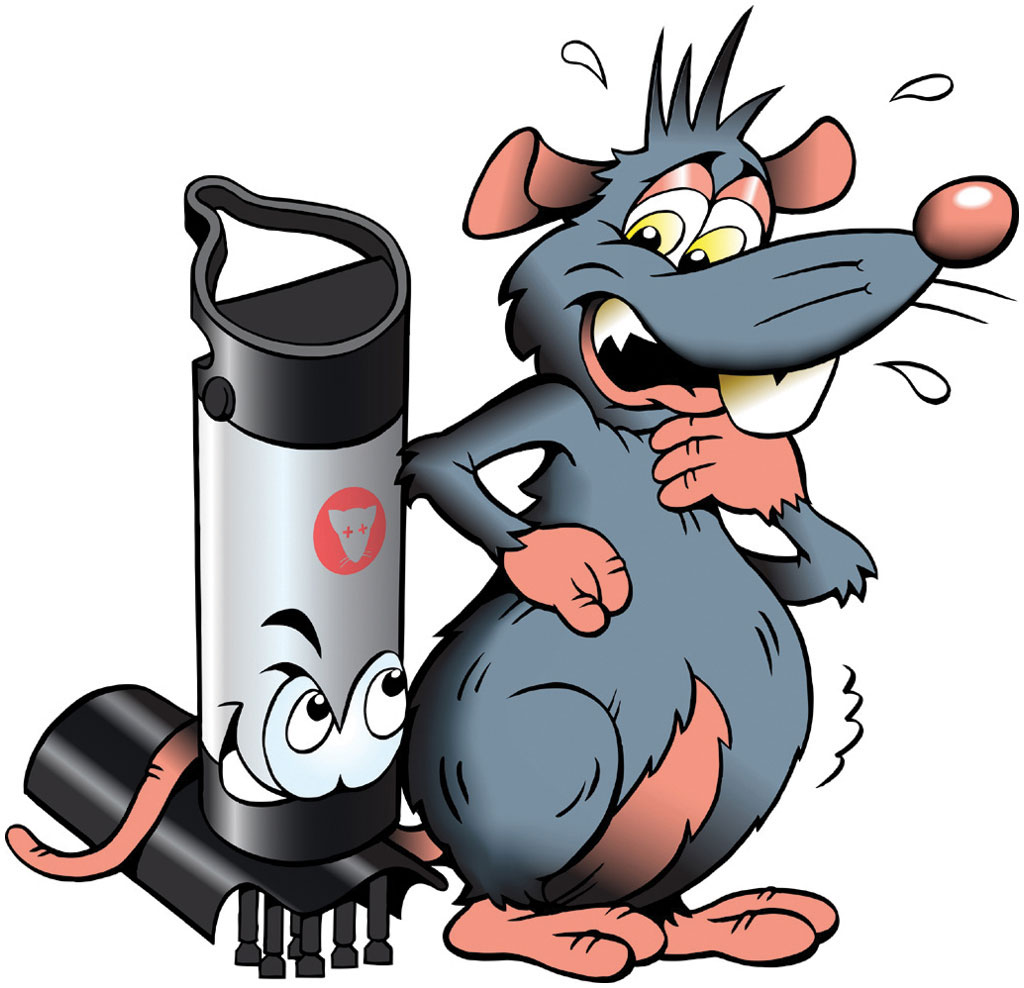Rodent Control
Rodent control is important because they are a constant threat of disease (bacterial diseases, viral and parasitic diseases - responsible for the spread of trichinosis, leptospirosis, brucellosis, aphtha, viral gastroenteritis, anthrax, rabies, food poisoning) for people and animals, as well as an increased risk of major economic losses (they cause pollution, they affect a quantity of food much greater than the quantity of food consumed, they destroy facilities).
Due to the large number of rodents and their spread, these mammals represent a third of the world's fauna. High prolificacy is a consequence of their early sexual maturity (1.5-3 months), of their short gestation period (16-21 days), of the frequent births (2-8/year), with a large number of baby rodents at birth (4-12), with the possibility of reproduction of the first generations even in their first year of life. Their life time is 2-4 years, hamsters reaching even 10 years old.
INDOOR RODENT CONTROL
It is achieved by placing toxic baits (rodenticides in the form of paste or bars, grain mixtures) in unreachable places, in the areas frequented by rodents, in the vicinity of the entrance to the galleries, in basements, in the rubbish chutes.
Baits are placed in special intoxication stations, on cheese, in the passage areas.
When an infestation outbreak is detected, it is monitored by applying local disinfestation treatments (objective and neighborhood), until the elimination of the outbreak.
OUTDOOR RODENT CONTROL
It consists of placing baits on cheese (grain mixture) or in special intoxication stations (rodenticides in the form of paste or bars), weatherproof, located in remote areas frequented by rodents. Intoxication stations must be marked accordingly (with the "skull” symbol) and a warning message concerning the toxic nature of the content.



